Spring is here and it's time to garden but you may want to think again before tilling your soil. Nature doesn't till the soil mechanically so why should you? Let nature do it the natural way.
Think about it. When you walk in a forest full of plants and trees ask yourself, who tills the soil? Nature does it all by itself but you have to leave the soil alone.
One of the crucial patterns in nature is soil coverage. Whenever there is bare ground, nature works to protect the soil with help from living plant cover and through the breakdown of organic matter on the soil surface. When you disturb the soil you disrupt the natural process of soil breaking down and disturb the soil life and structure of the soil.
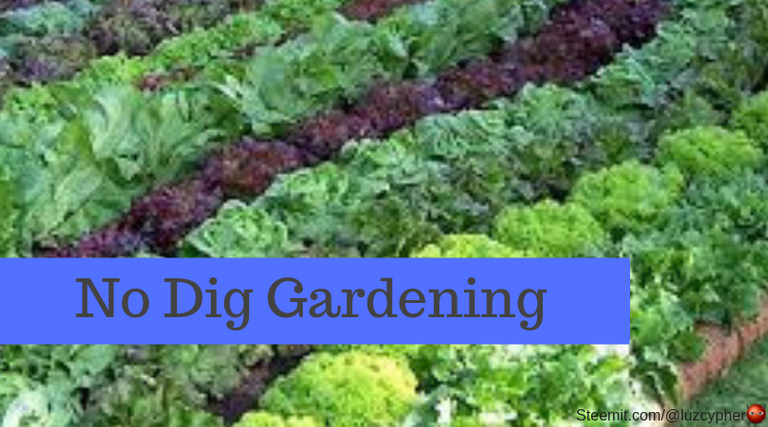
Tilling soil also leaves bare ground exposed to the sun and rain which compacts the soil and decreases the amount of water that can infiltrate the soil making it harder to grow plants next season which is one of the reasons people who till have to till again. Exposed soil can be blown away by wind and wash away with heavy rains.
Also, when you dig soil you disturb seeds bringing them to the surface where they sprout into weeds making it harder to grow things and increasing the amount of work needed to produce a crop. It's a vicious cycle that can be stopped by not digging your soil at all. So, what can you do?
No Dig Gardening
The key to healthy, living soils is no-dig gardening. Nature gets around the bare soil problem by constantly covering bare soil. In a garded we use mulch instead.
What is mulch?
Mulch is organic matter applied on top of soil without incorporating it in the soil. You can make mulch by composting organic matter made from hay, straw, leaves, grass, wood, or food scraps until it's half decayed, with a lot of small particles. The final result should look dark, almost black and have a humus smell to it.
Each spring after the rains you just apply 2-3 inches (5-7 cm) directly on top of your garden beds without mixing it in.
This will feed your soil for a whole season and because the soil wasn't disturbed no weed seeds that fell on the surface over the winter will germinate. It gets buried too deep to sprout and they will just rot and turn into food for the soil organisms.
The layer of mulch will also hold moisture in the soil and prevent it from drying out which also helps keep the soil organisms healthy and thriving. Over time the natural soil processes will bring the soil to life and worms will start tunneling through the garden which opens up air tunnels for roots, nutrients, and water to follow deeper into the soil, deeper, in fact, than you could ever till with a shovel, tiller, or plow.
This process gives the soil a fluffy, crumbly texture, aka, soil structure that will make it easy for roots to grow in and that kind of soil is a joy to grow in. It also makes the plants healthier and more disease resistant and food crops will keep and taste better.
I once reclaimed a weed infested field covered in buttercup and canary grass thought to be impossible to clear for gardening, in one season and turned it into a beautiful vegetable garden without tilling using chickens. You can read about that in Chickens Planting Gardens - How To Get Chickens To Plant Gardens, Not Destroy Them. That post also happens to be my highest earning post on Steemit to date.
Best times to mulch in the fall before the winter rains come so that your soil is protected and the nutrients in the mulch can infiltrate into the soil with the rains and also in spring before plants. Soil will eat mulch so really anytime you see bare soil feed it with a cover of mulch.
A picture is worth a thousand words so have a look at this video and see for yourself why you should try no dig gardening.
No Dig: feed the soil not the plants for many, easier harvests and few weeds
If you continue to add mulch season after season how soil will get better and better over time and gardening gets a lot easier too. Root crops just pop right out of the soil, you almost never get pests and can grow completely organically, and make the world a better place.
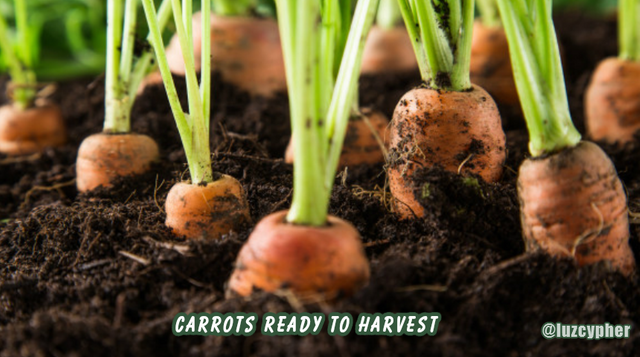
You can solve all the world's problems in a garden
Related Posts
Growing fresh strawberries are a wonderful summer treat, especially if they're picked right out of the garden. There are two different ways to plant strawberries, depending on the type. Strawberry plants are widely adapted and they can even be grown as far north as Fairbanks, Alaska. Strawberries can be grown in hanging baskets* very easily. Use good soil and be sure to water it often. Remember, strawberries like lots of sun and a hanging basket in the sun will need to be watered more often to prevent it from drying out.
The best time for growing carrots in the spring and in the fall. In the spring you want to plant them two to three weeks before the last frost and in the fall want to plant in 10 to 12 weeks before the first frost. Carrots are a fairly easy vegetable to grow once you get the soil right. The best growing soil is sandy, loose, well-drained, rock free, and high in organic matter.
Peas are great crop to plant before the last frost. Direct sow peas as soon as the ground is workable, but not soaked. For many areas February and March are your prime pea planting times. Peas can also make a great fall crop and can be planted at the tail end of the season when the fall weather starts to set in. Did you know peas can actually fix nitrogen in the soil? And if you're planting in new garden you can at add some rhizobacteria when planting and not only will the peas grow better but the soil will be richer for the next crop.
Beets, or beetroot, are a staple of my vegetable garden. I love them roasted with oregano and a grind of the salt mill - just delicious! Beets are very easy to grow from seed and you won't have to wait long until harvest time. Although beets have the highest sugar content of all vegetables, most people can safely eat beet roots a few times a week (and their greens in unlimited quantities), enjoying not only their sweet, earthy flavor but also their powerhouse nutrients that may improve your health in the following ways.
Growing cucumbers is easy. I'll show you how. Cucumbers sprawl so they take up a lot of space. My cucumbers sprawl right out over the raised bed. If you don't have tall raised beds you can trellis your cucumbers vertically so that they take up less space and keep the fruit off the ground. One of my favorite things about cucumbers is you can make pickles with them and keep them for a long time. Making pickles is easy and it starts with the variety you grow.
Blueberry muffins, blueberry pie, blueberry ice cream, blueberry pancakes, plain old blueberries, and my favorite, blueberry daiquiris. if you like them you can grow them in containers or in the garden bed I'll show you how! For successful blueberry garden its important to choose the right variety. The number of chill hours in your area will help you make a decision on what blueberry varieties to plant and you can contact your local ag department to find out the chill hours in your area.
There are some major benefits to planting potatoes in your backyard. You can plant varieties that are hard to find, or are very expensive, and you can harvest virtually all year long if you live in a climate like I do. The best way to plant potatoes is to start with certified seed potatoes. It's not a good idea to use the potatoes you find in the grocery store, because they're not certified disease-free and sometimes they're treated to prevent sprouting.
Onions, leeks and shallots are all staples in the kitchen and they're good for you and healthy for your heart. Onions can be grown a few different ways, either from transplants from onions sets, or you can start your own onion seeds. Onions, leeks and shallots can be planted in the spring or the fall, but between October and December is a great time to plant onions and leeks in just about everywhere in the U.S.
Lettuces and greens are some of the easiest greens to grow. Start your lettuces and greens in trays about four weeks before you wanna transplant outside into the garden and they like daytime temperatures between forty-five and sixty-five degrees. You can succession seed lettuce every ten to fourteen days and that way you'll get a continuous supply When it comes to direct seeding loose leaf lettuce there are a couple ways you can do it.
Learn how to plant artichokes! Artichokes are a wonderful vegetable for eating, but they're also a beautiful landscape plant. They're native to the Mediterranean and they're cold hardy down to about zone 6. You can grow them as an annual if you're in a colder climate. Artichokes are delicious too and the hearts can be pickled to extend the harvest into a supply of food in the winter.
How To Capture And Utilize Every Drop Of Water On Your Farm Using Keyline Water Design
Master Class On Making Compost
What Is Permaculture? - Permaculture Basics With Geoff Lawton
Chickens Planting Gardens - How To Get Chickens To Plant Gardens, Not Destroy Them
Quit My Six Figure Job To Grow A Food Forest
My Year Long, Unforgettable Woofing Adventure On Skipley Farm
Luzcypher's Announcement For Steem Witness






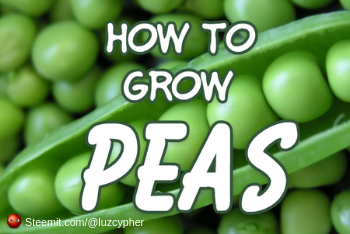
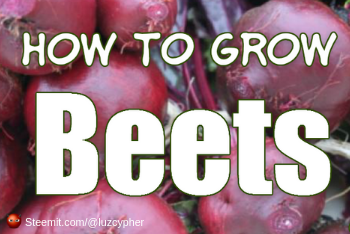
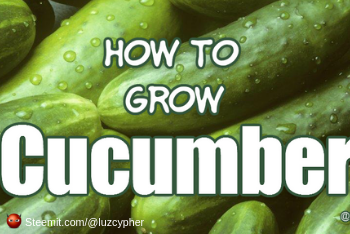
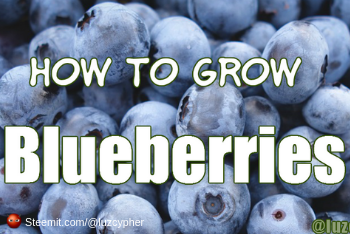
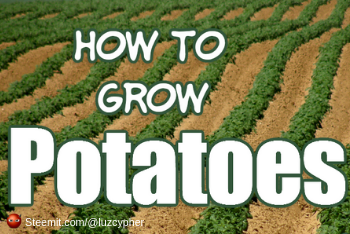
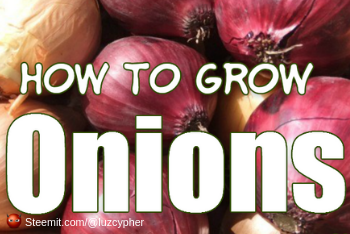

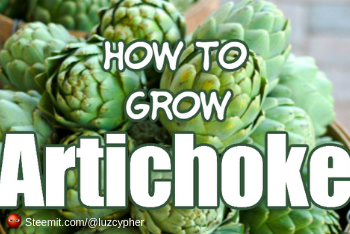
I've always been fascinated by both no dig gardening & mulching. Thinking about how to create some structures so the big Thai monsoonal rains wont wash it all away. Inspired. ☘💚
Posted using Partiko Android
Swales are the best way for turning a problem of too much water into a solution.
Here are some post I did about that:
https://steemit.com/gardening/@luzcypher/chickens-weeding-swale-garden-beds-for-free
https://steemit.com/gardening/@luzcypher/swale-building-project-saves-water-turning-a-problem-into-a-solutio
https://steemit.com/gardening/@luzcypher/how-to-capture-and-utilize-every-drop-of-water-on-your-farm-using-keyline-water-design
https://steemit.com/gardening/@luzcypher/what-is-permaculture-permaculture-basics-with-geoff-lawton
That's awesome. Off to check those links out. We flood in monsoonal wet & near drought conditions in the dry season. Tropical Asia presents a whole different ball game for permaculture & sustainability.
Posted using Partiko Android
I was in Thailand last year from September until new years. What part of Thailand are you in? I'm visiting Vietnam right now.
I live in Chiang Mai. 😊 Im also off to Hoi An in a few weeks to escape Songkran & get me some mermaid time. 🐋
Posted using Partiko Android
Oh yes, I remember chatting with you. I was in Chiang Mai for 4 months. In Da Nang now. Maybe we can meet up when you're here.
I love gardening articles. Every year I grow plants in my garden, although I must say that no dig gardening seems too daring for me.
I feel that I need to add fertilizer to the soil, although I do my own compost since last year from leaves, wood chips, dust and food oil, but I also mix this with the fertilizer and dig the ground to mix them all together.
No dig gardening seems like the best solution for weed control but I'm not sure how could I mix powerful chemical fertilizer to the ground without digging.
Here is my last year's garden: https://steemit.com/gardening/@laviq/my-little-garden-today
and here is my irrigation system for trees: https://steemit.com/gardening/@laviq/installing-a-sub-surface-drip-irrigation-system
The thing is by adding compost and mulch you don't need any chemical fertilizers at all. In fact, the fertilizers will hurt the processes in the compost. Once you start using chemical fertilizers it kills all the natural organisms and like a drug the soil becomes dependent on the fertilizers.
I recommend stop using them and just use compost and mulch religiously and you'll end up with better soil, fewer pests, and better food.
My Uncle taught me little about No Dig Gardening before he passed on.
Learning how to make compost naturally from leaves and other natural things that can decomposed helps tremendously in No Dig Gardening.
Thanks @luzypher for the information.
Posted using Partiko iOS
Grandfathers are a wealth of information. That's where I learn so much about gardening too.
I'm all for taking some of the work out of gardening. I am trying some of this with our garden.
It is one of the most productive ways to garden and so much less work and it gets easier each passing season.
Hi @luzcypher!
Your post was upvoted by @steem-ua, new Steem dApp, using UserAuthority for algorithmic post curation!
Your UA account score is currently 6.682 which ranks you at #133 across all Steem accounts.
Your rank has not changed in the last three days.
In our last Algorithmic Curation Round, consisting of 218 contributions, your post is ranked at #23.
Evaluation of your UA score:
Feel free to join our @steem-ua Discord server